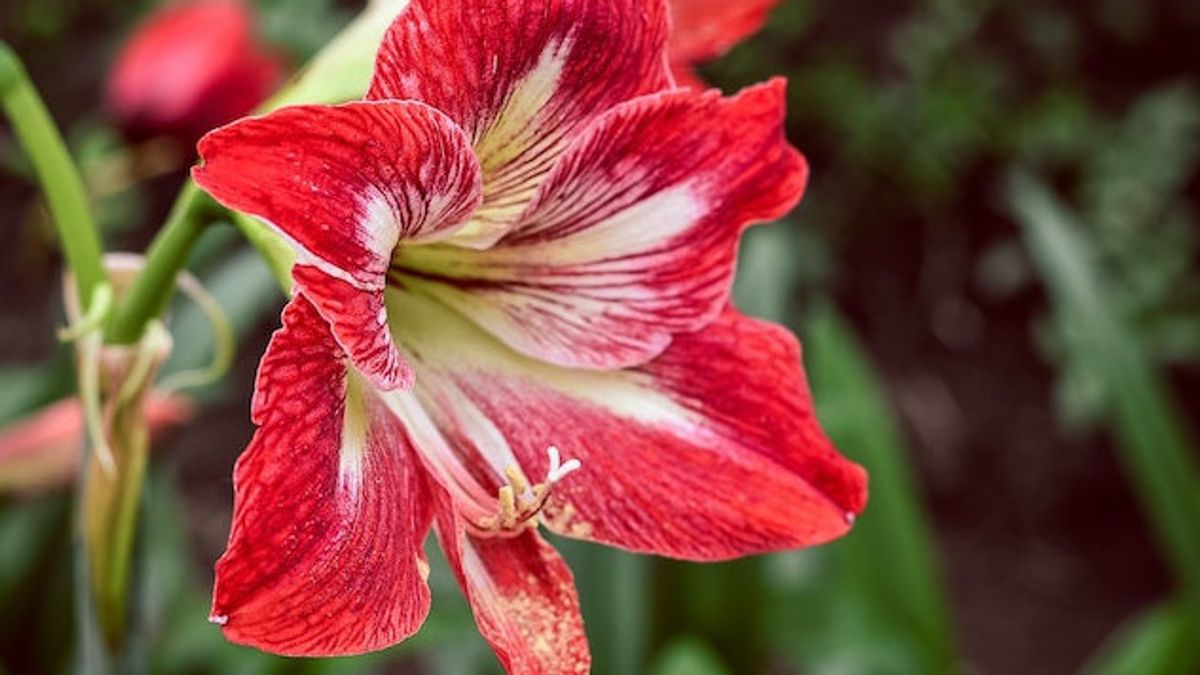JAKARTA - The various shapes and colors of beautiful leaves make ornamental plants more popular today. Moreover, the existence of ornamental plants usually makes the atmosphere of the house feel more beautiful and fresh.
However, you also need to know if there are a number of toxic ornamental plants, both for humans and pets, especially dogs and cats. This toxic ornamental plant can cause people affected by the sap to experience itching, stomach pain and vomiting.
Summarized from the Paste of Home, Monday, January 30, here are seven types of toxic ornamental plants.
This succulent plant is a favorite to grow in the yard of the house. Because the benefits can help calm the burnt skin due to sunlight, cold inflammation, or those that are prone to psoriasis.
Aloe vera is a poisonous plant because it contains antracuinon chemical compounds. Which serves as a evaporation drug that increases mucus and water in the large intestines in pets, especially cats, dogs, and horses. If your pet accidentally swallows the tongue of the crocodile, it can cause vomiting, lethargic, and diarrhea.
This plant is easy to care for indoors or outdoors. However, it is better to keep it out of the reach of children and pets because it contains calcium oxalate that is not dissolved. If the sap is exposed to the skin, it can cause irritation to the skin. Whereas if you swallow it, it causes irritation of the mouth, tongue, and throat.
Just like elephant ears, all philodendron varieties contain non-soluble calcium oxalates. If your pet is swallowed, it can cause irritation of the mouth and digestive tract. In very rare cases, it can cause inhibited breathing, hypersalivization, vomiting, and swelling of the faring. The first treatment action can be done by drinking milk or water and rinseing the mouth.
Each part of the amarilis ornamental plant is categorized as toxic for both humans and pets. The content of lycorine and phanthridine alkaloids in amarilis can cause vomiting and diarrhea if pets or humans swallow them. As well as decreased blood pressure and respiratory depression in pets. The sap can also cause quite serious skin rashes.
This beautiful ornamental plant turned out to be very deadly for cats. Although the cause has not been found, but one bite of a braid or one bite of water from a flower vassus containing lilits can make a cat exposed to kidney failure which leads to death if not quickly treated. The initial period of writing flower poisoning can be marked by vomiting and diarrhea.
Having beautiful flower petals, geranium also contains dangerous chemicals called geraniol and linalool. These two compounds will make the appearance of cats and dogs less attractive because they experience skin diseases such as itching. If it enters the fur, it can cause nausea and over time anorexia.
Behind bright yellow flowers and unique shapes such as small trumpets, daffodil contains toxins. When the tuber or roots are consumed can be dangerous. These parts risk causing digestive problems such as diarrhea, vomiting, to serious problems such as increasing high blood pressure, heart rhythm disorders, and tremors.
The English, Chinese, Japanese, Arabic, and French versions are automatically generated by the AI. So there may still be inaccuracies in translating, please always see Indonesian as our main language. (system supported by DigitalSiber.id)













